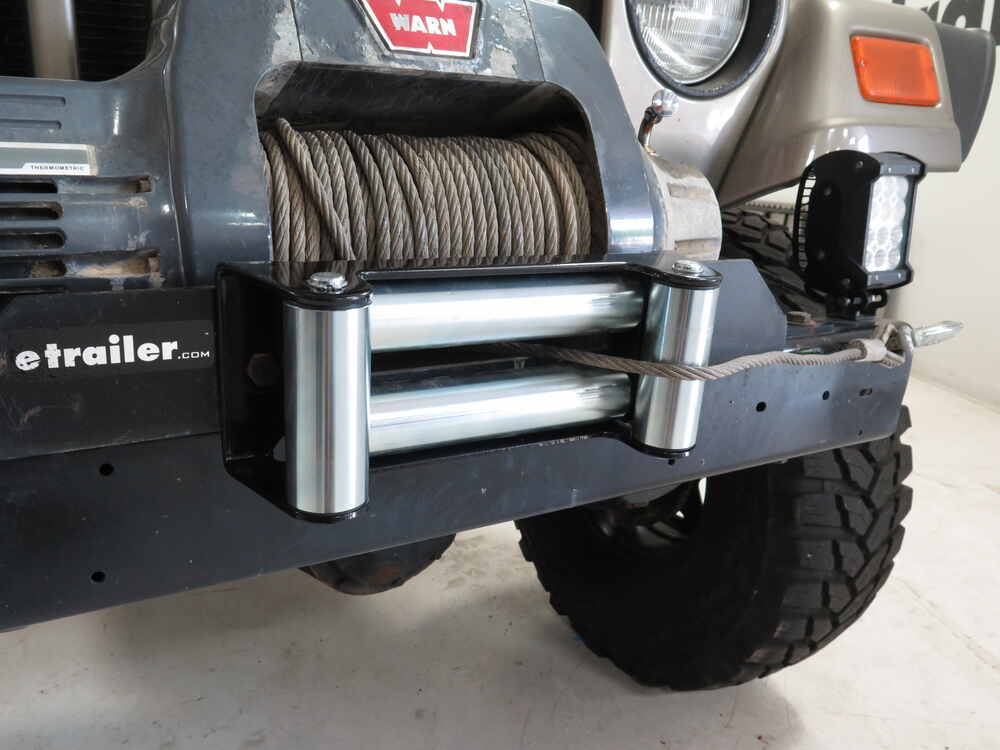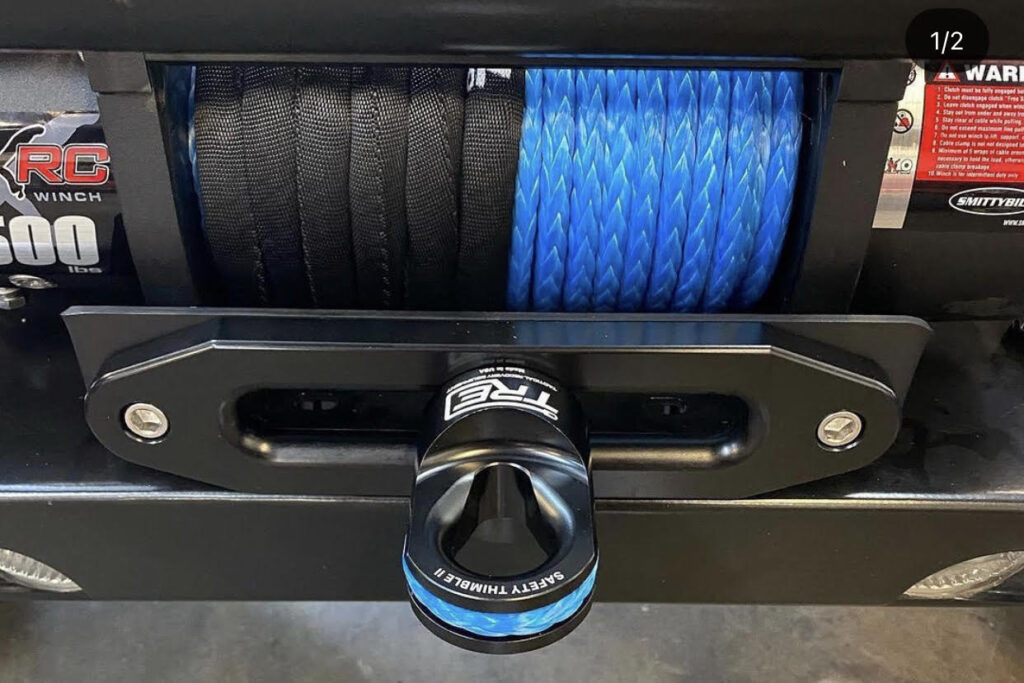How do you guide a winch cable through the fairlead properly?
Guiding a winch cable through the fairlead is a critical safety and performance step in winching operations. This step-by-step guide explains how to do it effectively, the tools you’ll need, and key precautions to avoid cable damage or user injury.
Tools and Materials Needed
Before you start, gather the following tools and materials:
- Safety gloves
- Cable/rope threading tool or a stiff wire
- Lubricant (for roller fairleads)
- Replacement hardware (if needed)
Also check: Best Winch Fairlead
Preparing Your Winch and Fairlead
Before threading the cable, it’s essential to prepare both the winch and fairlead.
Inspect the winch cable for damage: Look for any frays, kinks, or worn-out sections.
Check fairlead bolts and mounting: Ensure all bolts are tight and the fairlead is securely mounted.
Clean the fairlead: Remove any dirt and debris to prevent them from interfering with the cable’s movement.
Step-by-Step Guide: Threading a Steel Cable Through a Roller Fairlead

1. Power out the winch to expose the drum
First, you need to extend the winch cable to make it easy to work with. To power out the winch, use the winch controls to unwind the cable from the drum.
Make sure you extend enough cable so that you can easily thread it through the fairlead and still have some slack to work with.
This step is crucial because it gives you the necessary length to maneuver the cable through the fairlead and secure it back to the drum properly.
2. Feed the cable through the bottom rollers
Next, guide the cable through the bottom rollers of the fairlead. Roller fairleads have multiple rollers designed to help the cable move smoothly in and out of the winch.
Start by feeding the cable through the lower set of rollers first. The bottom rollers support the cable’s weight as you continue threading it through the fairlead.
3. Guide the cable over the top rollers
After the cable is through the bottom rollers, carefully position it over the top rollers.
Make sure the cable is sitting properly and not twisted or pinched. The top rollers help guide the cable back onto the drum evenly.
This step ensures that the cable is aligned correctly, which is essential for smooth operation and to prevent the cable from getting damaged.
4. Secure the cable end to the drum
Finally, attach the end of the cable securely to the drum.
Follow the winch manufacturer’s instructions for this step, as different winches may have different methods for securing the cable.
Usually, this involves threading the cable through a hole in the drum and securing it with a set screw or other fastening mechanism.
Ensuring the cable end is tightly secured prevents it from slipping out during use and guarantees that the winch operates safely and effectively.
Step-by-Step Guide: Threading Synthetic Rope Through a Hawse Fairlead

1. Power out the winch to expose the drum
Similar to threading a steel cable, start by extending the synthetic rope from the winch drum.
Use the winch controls to unwind enough rope so that you have plenty of slack to work with.
This step is essential for providing the necessary length to easily thread the rope through the fairlead and secure it back to the drum.
2. Thread the rope through the hawse fairlead opening
Carefully feed the synthetic rope through the opening of the hawse fairlead. A hawse fairlead is typically a smooth, flat metal piece with a rounded opening designed for synthetic ropes.
Make sure the rope passes through the opening without any twists or tangles. Proper threading ensures that the rope moves smoothly in and out of the winch during use.
3. Ensure the rope is centered in the fairlead
Once the rope is through the fairlead, make sure it is centered. Proper centering prevents uneven wear on both the rope and the fairlead.
If the rope is off-center, it can cause friction and damage to both the rope and the fairlead.
Centering the rope ensures smooth operation and prolongs the life of your winching equipment.
4. Secure the rope end to the drum
Finally, secure the end of the synthetic rope to the drum. Follow the manufacturer’s instructions for your specific winch model.
This often involves threading the rope through a hole in the drum and securing it with a knot or a special fastening mechanism.
Securing the rope end tightly is crucial for safe winching and prevents it from slipping out during use.
Tips for Smooth Operation
Use a lubricant on roller fairleads: This reduces friction and ensures smooth movement of the cable.
Avoid pinching the cable/rope: Ensure the cable or rope isn’t pinched between rollers or other components.
Keep the cable/rope taut when spooling: This prevents tangling and ensures even spooling on the drum.
Common Problems and Solutions
Cable/rope snagging or binding: Check for kinks or frayed sections and ensure the cable is properly threaded.
Misaligned fairlead: Re-align the fairlead to ensure it’s straight and centered.
Damaged rollers or fairlead edges: Replace any damaged components to prevent further issues.
Maintenance for Longevity
Regular maintenance is key to prolonging the life of your winch and fairlead:
Regular inspection of cable/rope and fairlead: Check for signs of wear or damage after each use.
Cleaning after each use: Remove dirt and debris to keep the system functioning smoothly.
Replacing worn components: Don’t hesitate to replace parts that show signs of wear and tear.
Conclusion
Threading a winch cable through a fairlead correctly is essential for safe and efficient winching operations.
By following these steps, using the right tools, and maintaining your equipment, you can ensure your winch system performs optimally for years to come.
Always prioritize safety and regularly inspect your winch and fairlead to catch any issues early. Happy winching!

